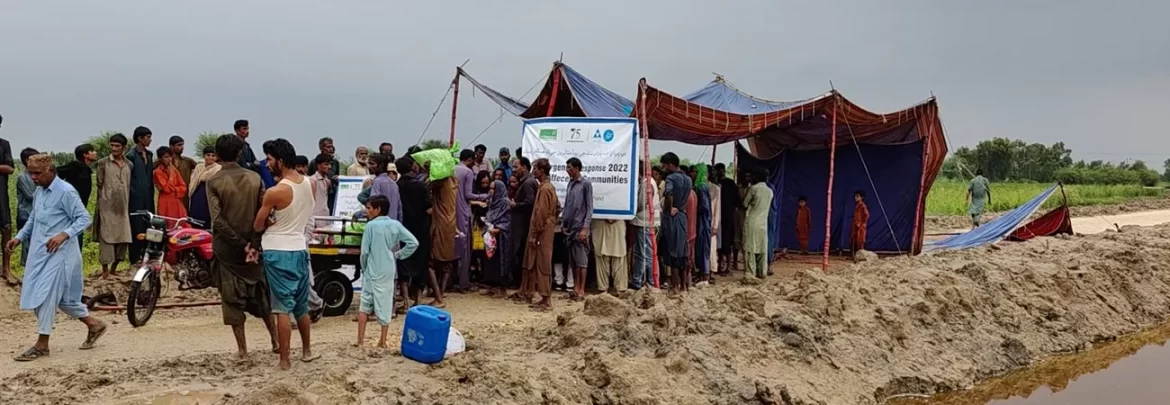Relief Package Finalized
The federal government of Pakistan has finalized a relief and rehabilitation package worth 389 billion Pakistani rupees (approximately USD 1.3 billion) for those affected by the recent floods across the country. Officials confirmed that the package will be introduced through emergency funds already allocated in the federal budget.
The initiative aims to support millions of people who have lost homes, livelihoods, and agricultural land during one of the deadliest floods in recent years.
IMF Approval Required
According to government sources, Islamabad will seek formal approval for the package from the International Monetary Fund (IMF), which is currently reviewing Pakistan’s economic reforms under a stabilization program.
The IMF has asked the government to submit a comprehensive damage assessment report outlining the scale of losses and the immediate needs of flood-hit communities. Alongside government efforts, international donors are also stepping forward — for example, the Bill & Melinda Gates Foundation has pledged $1 million to support Pakistan’s flood victims.
The package is expected to become part of ongoing discussions with the IMF, which has consistently stressed fiscal discipline but has also expressed willingness to consider humanitarian needs in times of national crisis.
Provincial Damage Estimates
Provincial governments have begun presenting preliminary assessments of flood-related losses:
-
Khyber Pakhtunkhwa (KP) has reported damages between Rs40 and 50 billion.
-
Sindh has submitted an initial estimate of Rs40 billion in damages.
-
Punjab is still compiling its assessment but is expected to present figures soon.
-
Balochistan, while part of the federal consultations, stated that it had not suffered extensive damage compared to other regions.
These provincial estimates will be combined into a nationwide assessment that will guide the allocation of relief funds.
Negotiations on Revenue and Fiscal Measures
Beyond emergency relief, talks with the IMF have also focused on increasing provincial revenues and strengthening fiscal management. Meetings were held with officials from KP, Sindh, Punjab, and Balochistan to explore potential reforms that would improve provincial financial autonomy.
Observers note that balancing humanitarian aid with fiscal discipline will be a significant challenge for Pakistan, which is already struggling with high inflation, currency depreciation, and mounting debt repayments.
Human and Economic Toll
The floods have caused widespread devastation. More than 900 people have died, while thousands of livestock — a vital source of livelihood for rural families — have been swept away.
Agriculture, the backbone of Pakistan’s rural economy, has been hit hard. Hundreds of thousands of acres of crops have been destroyed, threatening food security and pushing up prices of essential commodities.
Critical public infrastructure, including roads, bridges, schools, and healthcare facilities, has also suffered severe damage, further hampering relief efforts. Rural communities, many already living below the poverty line, have been left particularly vulnerable.
Historical Context of Floods in Pakistan
Pakistan has faced recurring climate-induced disasters in recent decades. The 2010 super floods displaced more than 20 million people and caused an estimated USD 10 billion in damages. More recently, in 2022, catastrophic floods submerged one-third of the country, affecting 33 million people and resulting in economic losses of around USD 30 billion, according to government and UN estimates.
Experts warn that the frequency and intensity of floods are increasing due to climate change, poor water management, and rapid urbanization in floodplains. Pakistan, despite contributing less than 1% to global greenhouse gas emissions, ranks among the most climate-vulnerable nations in the world.
Looking Ahead
The relief package marks the first step in the government’s response, but challenges remain immense. Analysts stress that beyond short-term aid, Pakistan needs a long-term strategy that combines climate resilience, disaster preparedness, and sustainable reconstruction.
For now, authorities face the pressing task of securing international assistance, ensuring transparent distribution of funds, and providing immediate shelter, food, and healthcare to millions left stranded by the floods.















